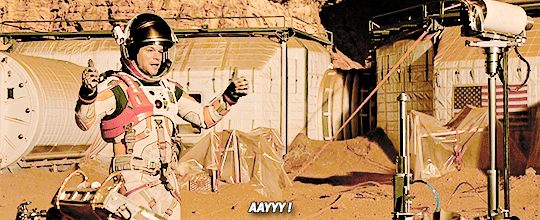
What is Remote Sensing?

By definition from the USGS, Remote Sensing is the process of detecting and monitoring the physical characteristics of an area by measuring its reflected and emitted radiation from a distance, where the object being measured or analyzed in not in contact with the device. This process of data collection helps researchers "sense" things about the Earth.
Why is Remote Sensing Important?
Though there are two main types of Remote Sensing, Active and Passive, Remote Sensing is very important. Not only does it help improve our daily lives, but also provides permanent data through satellites in multiple wavelengths. This helps us learn about physical objects on Earth without having to touch or see them. A good EXAMPLE would be analyzing the amount of debris in space orbiting Earth. Another EXAMPLE would be analyzing forest fires in California or helping the State of Florida with Hurricane Damage assessments.

This image of terrain was captured in the form of LIDAR data, one of the many data types Remote Sensing can provide. These sensors that collect data can be mounted onto vehicles, airplanes, camera, drones, or even satellites.
ACTIVE remote sensing is when a sensor can provide its own illumination and analyze the scatter sent back. PASSIVE remote sensing measures reflected sunlight emitted from the sun.

What is Remote Sensing Used for?
-
Large forest fires can be mapped from space, allowing rangers to see a much larger area than from the ground.
-
Tracking clouds to help predict the weather or watch erupting volcanos, and help watch for dust storms.
-
Tracking the growth of a city and changes in farmland or forests over several years or even decades.
-
Mapping the ocean bottom - Discovery and mapping of the rugged topography of the ocean floor (ex: large mountain ranges, deep canyons, and the “magnetic striping” on the ocean floor).
-
Monitoring Space Debris
-
Analyzing Forest Cover and Urban areas
-
Mapping out flood maps for FEMA or USGS

Observing data through satellites, such as Landsat 8

Water Transportation through irrigation canals

Observing Healthy Vegetation for Farming
How does Remote Sensing work?
As previously stated, Remote Sensing monitors an object from space through the use of Satellites. This means that digital sensors are able to measure electromagnetic energy as it is either absorbed, reflected,or emitted from an object being measured, but how does the scanner know how to analyze the light? For starters, the ability of sensors to measure these interactions allows us to use remote sensing to measure features and changes on the Earth and in our atmosphere. The energy commonly used is reflected energy, which refers to visible light, infrared light, or near-infrared light, etc. The amount of reflected energy or wavelengths, is what is being measured and recorded. The 'ruler' in this case for Remote Sensing is known as the Spectral Response Pattern. The Spectral Response Pattern deals with electromagnetic energy in different ways. The human eye can only see and distinguish a small portion of the spectrum.

Specific surfaces on Earth absorb and reflect Electromagnetic energy in different ways. For example, vegetation has a very specific electromagnetic signature because it absorbs Blue and Red light and reflects Green light. For sensors, the image will appear green if the vegetation is healthy and for infrared sensors, the vegetation appears as red.
As for objects like water, it appears as black to a sensor since water tends to absorb most energy. A term for this is known as Blackbody. Once a scanner has received enough energy, it can be transmitted into data. This process is known as Data Detection, Data Formation, Data Manipulation, and Data Presentation. The most important thing to take away from this huge, process is that without illumination from the sun, this type of data collection would never work, let alone exist. If the sun were to ever stop emitting energy onto Earth, it would make data collection and Remote Sensing, impossible-but that's another topic!



